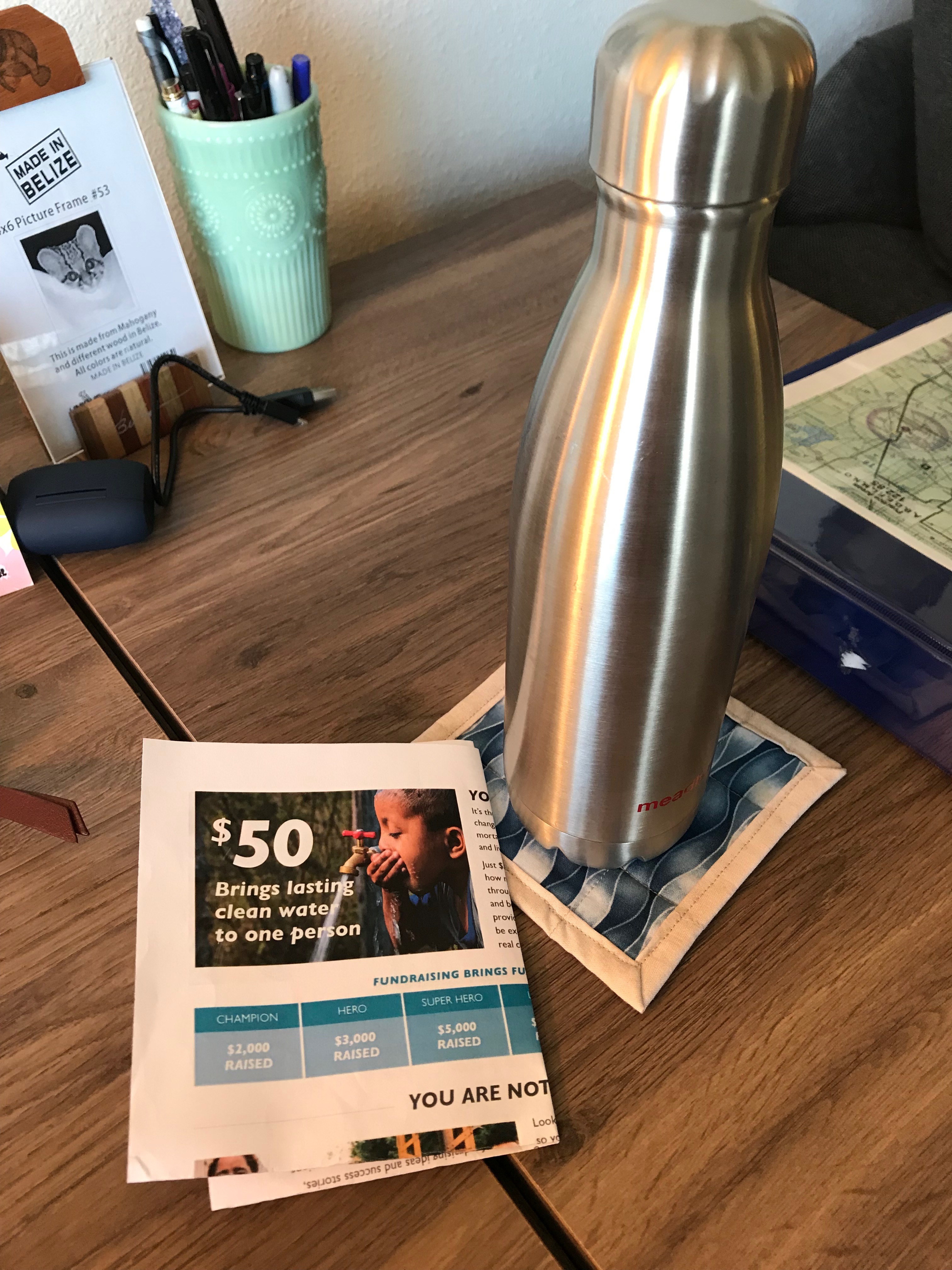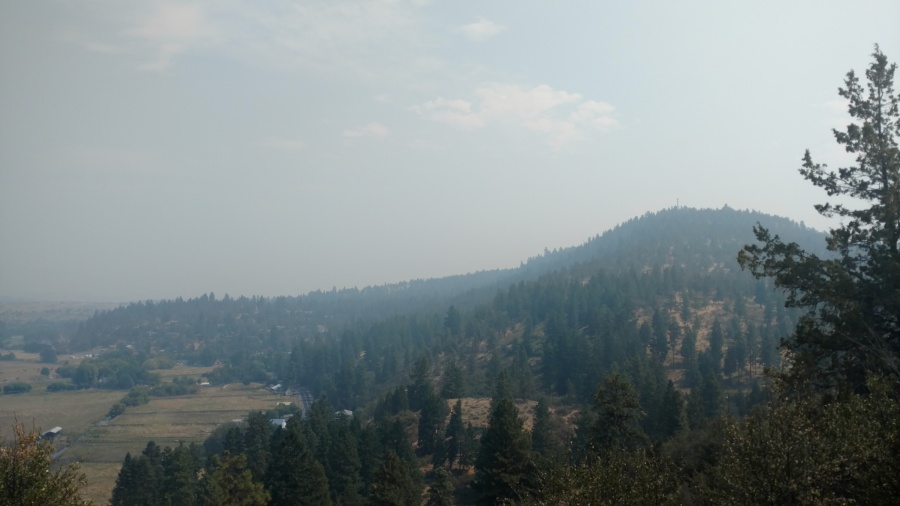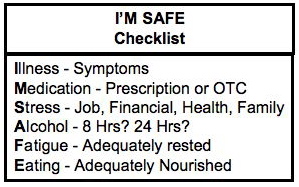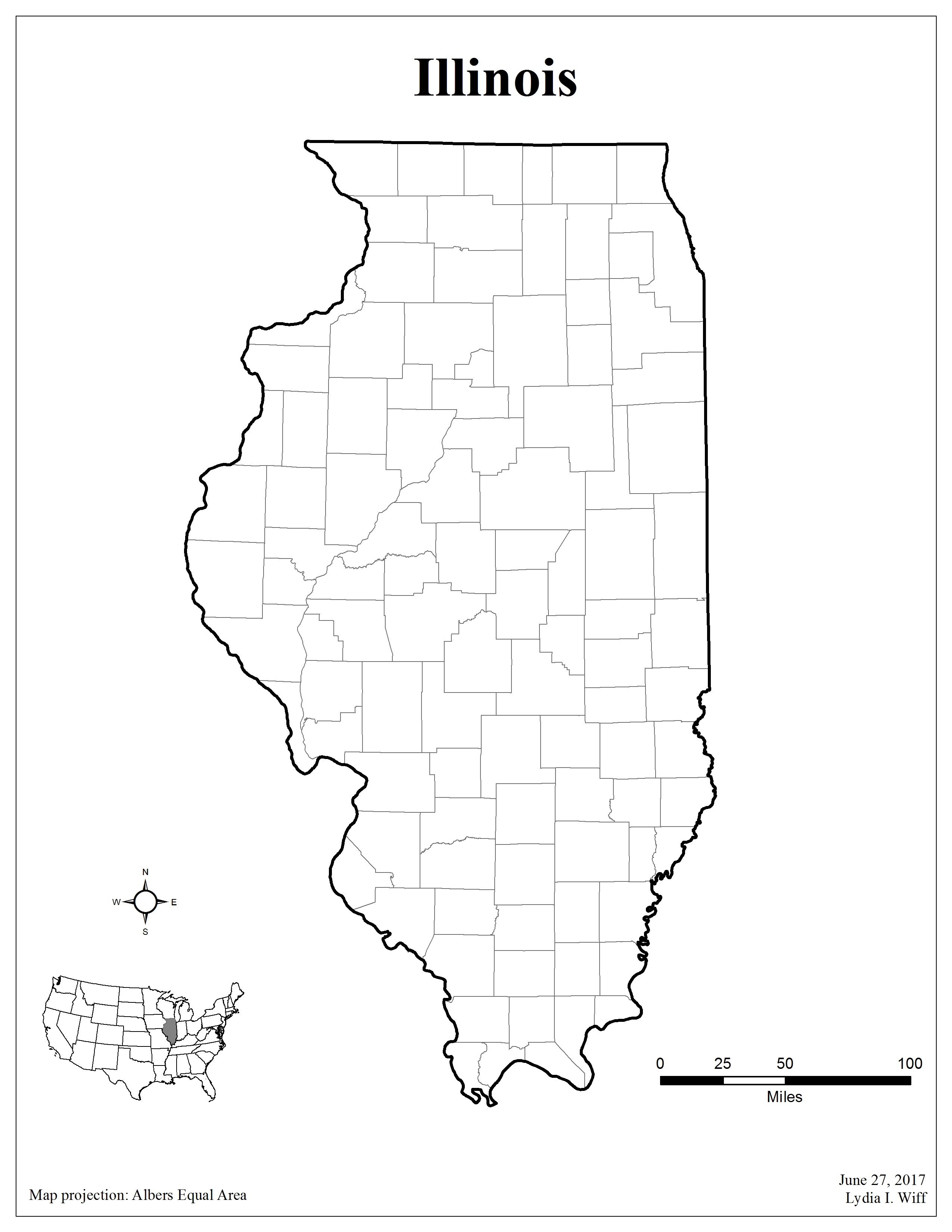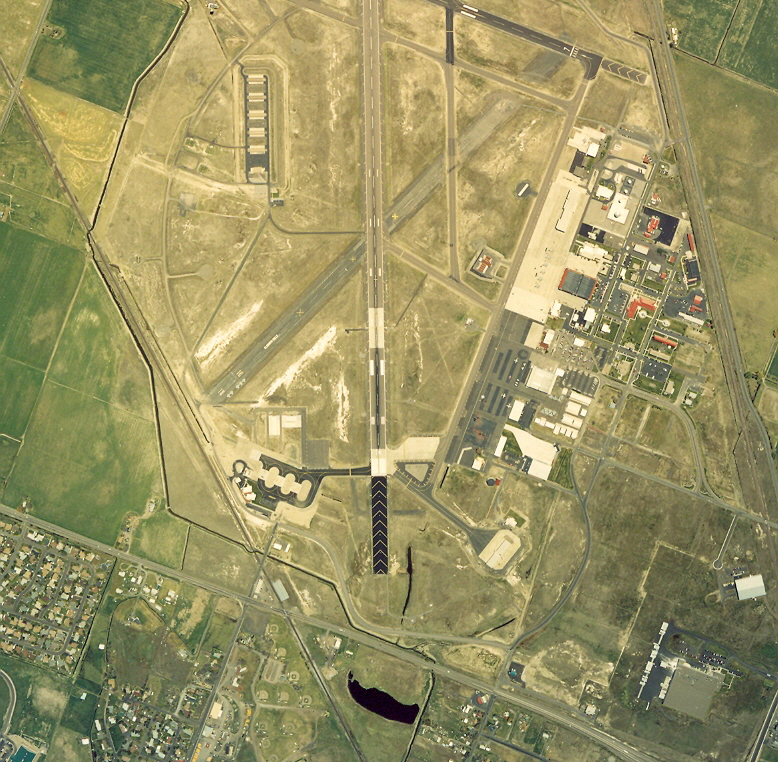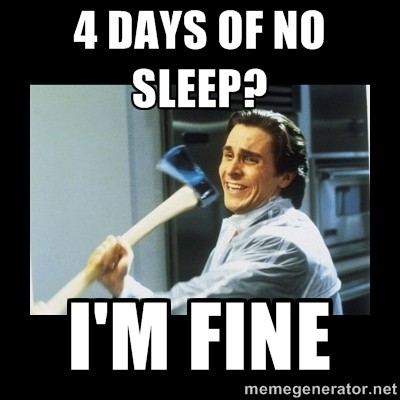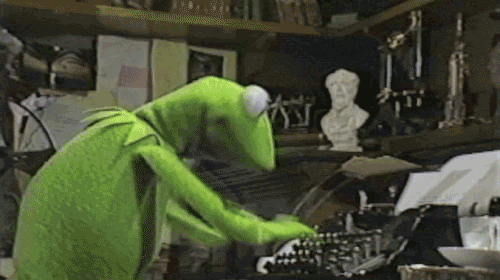Personally, I have a hard time not cringing when I hear the term millennial. According to the Pew Research Center, a millennial is between ages 23 and 38 years old, or more specifically, those born between 1981 and 1996. Millennial is just one of many generations in the United States (U.S.); the term actually stands for Generation Y which is preceded by Generation X and following by Generation Z.
From personal experience, I have seen millennial used as a derogatory term. It has been used to describe someone who relies on technology, someone who may have a perceived poor work ethic, someone who does not carry cash, someone who is young, someone who approaches problems differently, someone who has different opinions, someone who is entitled, and much more. Millennial seems to have become the catch-all term of our society when we cannot understand or explain the behavior of an individual who is of a certain age. However, I am not here to give my readers a litany on how I am tired of how my generation is treated; I am here to present you with facts and figures that I hope lead you to a different perspective on my generation.
Millennials Are Everywhere
Besides the Pew Research Center, Gallup (a well-known analytics organization) uses roughly the same age window and estimates there to be 75 million millennials in the world. Currently, millennials are the largest segment in the workplace and will comprise of 50% of the entire U.S. workforce. By 2030, this number will increase to 75% which is corroborated by the U.S. Bureau of Labor Statistics.
Millennials are Technology-Orientated
A millennial has experienced a number of technology milestones such as the invention of the Internet, the invention of the smart phone, Facebook, Twitter, Global Positioning System (GPS), digital cameras, electric cars, MP3 players, online banking, applications, and much, much more. Millennials grew up with the latest advancements in technology and will continue to see it rapidly and wildly develop throughout their lives.
Millennials Switch Jobs Often
According to Pew Research, 40% percent of millennials expect to leave their jobs within two years and fewer than 30% want to be in the same job for more than five years. However, research done by Deloitte suggests that diversity and flexibility are key to company loyalty. According to Deloitte, attracting and retaining millennials (and relatedly, Generation Z) starts with financial rewards and workplace culture; this is enhanced when businesses are diverse and when the workplace is flexible.
So, Why Does this Matter to You?
Like I said, I am not writing this piece to tell you what to think of my generation since I was born in the heart of the millennial era. However, I am here to help you understand more about my generation. Whatever your viewpoint, this much is certain: millennials are the majority of the workforce, millennials are the most tech savvy of the workforce, and millennials will switch jobs often if other needs, beyond financial rewards and workplace culture, go unnoticed. So, what are we doing to retain and grow the biggest segment of our workforce? That I’ll leave up to you to mull over.

